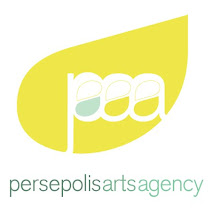In sales, you do nothing if you don't get to know your customer. My business is to sell art and creativity. That is why Mike Collins' interview of Lawrence Toppman was intriguing to me.
Toppman - the long-time film critic for the Charlotte Observer - gave a critique of the audience, so to speak. His message was that the average patron of the arts in Charlotte was risk-averse and complacent. His evidence was that the performing arts venues had to stick to the tried and true, "the hits," as Collins called them, to make any money. Toppman could not recall any performance programs where all the music pieces were unknown. He cited anecdotal evidence that Charlotteans were happy "listening to the same 20 symphonies" their whole lives.
On the other hand, the supply side of the arts market in the Queen City seemed to be in Toppman's good graces. Toppman justified the arts venues' choices for cycling through "the familiar" year after year and gave praise for the diversity that Charlotte has in its creative side. My own personal experience tells me there is an entire continent of undiscovered art to many eyes and ears in Ballantyne, Myers Park, Dilworth - whose residents may "slum it" by driving through NoDa without daring to even get out of their cars.
What is the solution here for artists in Charlotte? It depends on what kind of artists we're talking about. On the one hand, you have institutional artists - for example, the Charlotte Symphony. On the other hand, there's the individual artists - the painter, the photographer, the jewelry artist. The two have different advantages and disadvantages. In the following entries, I will write about each group in turn, addressing the question: In a town that's raised on steak and potatoes, how do you sell dolma?
I welcome your comments. Has your experience been different from Toppman's account of the Charlotte crowd?
Charlotte Talks
dolma
Subscribe to:
Post Comments (Atom)

I like how you look at the whole Will. Then volume down to the finest detail. Well executed.
ReplyDelete